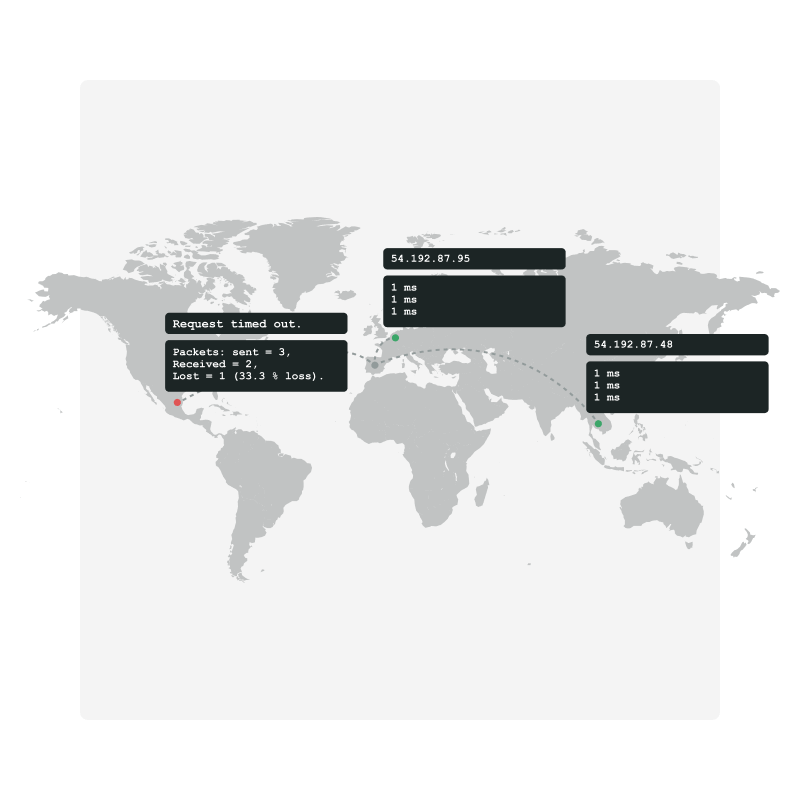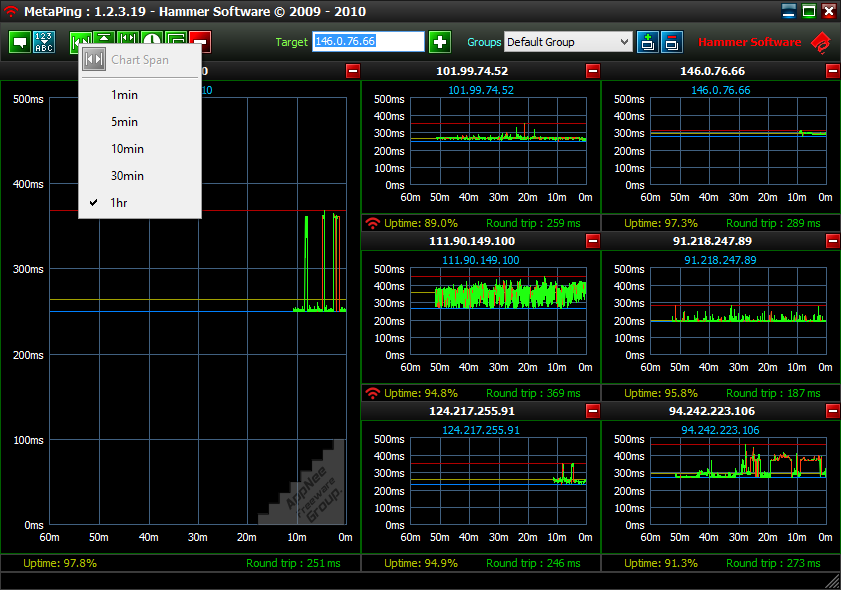

It also tells how many packets were transmitted and how many were lost during that ping activity. The Ping service sends several ICMP packets to an IP or domain and returns the detailed output.
#Server ping tool Offline
The test checks whether the host or the provided URL is online or offline and checks the delay between two computers. What is the primary reason to ping an IP address?Ī ping test is used to check either the device or host is connected or accessible on the network or not.

Pinging Google or other global DNS servers is fine. Google does not bother if you ping their DNS servers. Sometimes, the firewall blocks the echo request to prevent distributed denial of service (DDoS) attacks, reduce the host's visibility, or even by mistake.īut in general, publicly accessible IP addresses like 8.8.8.8 DNS Server always respond. However, that may not always be the scenario. Per RFC1122, "Requirements for Internet Hosts," each host must send an echo reply when pinged. Ping works by sending ICMP "echo request" (ping) packets to the target host and listening for ICMP "echo response" (pong) replies.

The packet contains 64 bytes, 56 data bytes, and 8 bytes of protocol reader information. A small packet will be sent to the given IPv4 address. The Ping tool uses the Internet Control Message Protocol (ICMP) Echo function detailed in RFC792. It also measures round trip time and reports errors. Ping works by sending a packet to a provided address and waits for the reply. Ping (Packet InterNet Groper) is a computer network administration utility that helps one to check either a particular IP address or domain is accessible on the computer network or not. We use two standard programs, namely Ping and Traceroute, to diagnose such obstructions, network failures, or technical errors. But sometimes, due to some hurdles, like network congestion, the webserver is down, or some other technical error, there are the chances that the message will not reach the destination. All packets are re-assembled to form the original message. Once all the packets of the original message reach the destination. Each packet is transmitted individually and may adopt a different route to reach its destination. In a computer network, the data is sent in small blocks called packets. They are short in number, and the maximum available to be ever assigned to devices are 4,294,967,296. The IPv4 was the first kind of IP created in networking. The IPv4 addresses are 32-bits long and use DNS A records to map the hostname to an IP address. IPv4 (Internet Protocol Version 4) is the most widely used form of an IP address. Just put an IPv4 address to ping it online. Ping utility helps to check if the destination IP is assigned to some device and responding respectively. Online Ping IPv4 tool sends ICMP packets to ping a destination IP or domain to check either it's accessible on the IP network or not. About IP Pinger - Ping IPv4 Address Online.


 0 kommentar(er)
0 kommentar(er)
